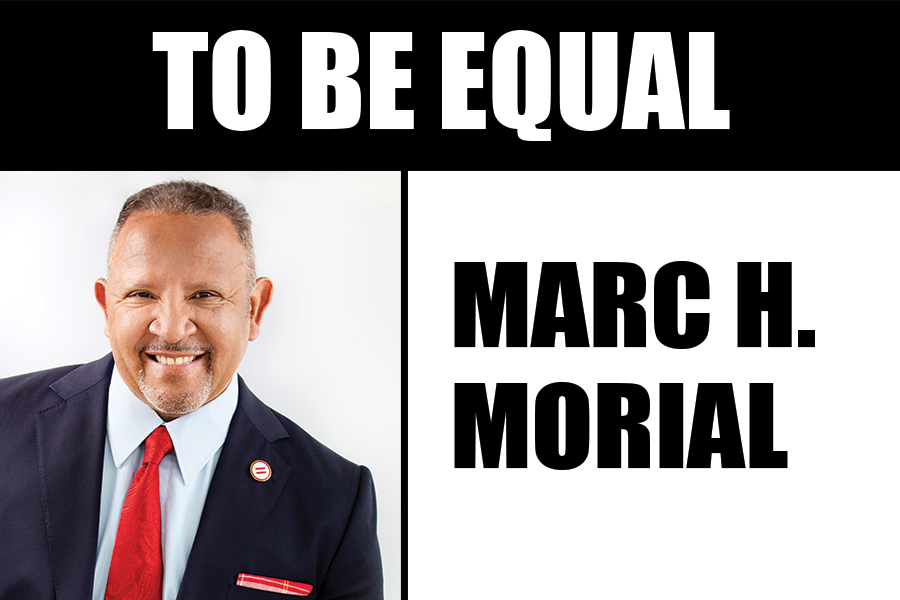(TriceEdneyWire.com)—“There’s no clearer indication that these rules are useless than the fact that they end up codifying Thomas’s outrageous behavior as ethically within bounds. According to the rules, not a single thing Thomas has done is a problem. Putting out a code of conduct that doesn’t restrain Thomas is like erecting a dam that doesn’t restrain water. It’s just a gigantic waste of everyone’s time.”—Elie Mystal
The so-called Code of Conduct the U.S. Supreme Court issued last week won’t put a stop to corruption and wasn’t intended to do so. Quite the opposite: it is intended to justify corruption.
The Code’s most glaringly obvious failing is the lack of any enforcement mechanism. But it’s clear the justices don’t intend their feeble code to be enforced: In “adapting” the federal judiciary’s code of conduct, the word “enforce” is dropped from the opening section. Other federal judges are expected to “maintain and enforce high standards of conduct.” Supreme Court justices are called upon merely to “maintain and observe” such standards.
Lower court judges should not “lend the prestige of the judicial office” to advance their own private interests or permit others “to convey the impression that they are in a special position to influence the judge.” The Supreme Court justices gave themselves considerable wiggle room by inserting the word “knowingly.”

Lower court judges are directed to “take appropriate action” if they have reason to believe that a judge, a judicial employee, or a lawyer has violated the code of conduct. Supreme Court justices are expected to act only in response to employee misconduct.
Lower court judges “should make required financial disclosures … in compliance with applicable statutes …” Supreme Court justices “have agreed to comply with the statute governing financial disclosure,” sending a strong signal that they consider their compliance voluntary, and that the statute does not apply to them.
Lower court judges are urged to “divest investments and other financial interests that might require frequent disqualification.” The Supreme Court justices threw that standard out the window, along with a discouragement against accepting outside compensation that exceeds “what a person who is not a judge would receive for the same activity.”
The new Code of Conduct is not an effort at reform, but a ham-handed exercise in public relations. In their statement on Monday the justices made it clear they were adopting the code—not because any of their own behavior had been a problem—but to dispel “the misunderstanding that the Justices of this Court, unlike all other jurists in this country, regard themselves as unrestricted by any ethics rules.”
If Justice Clarence Thomas regarded himself as restricted by ethics rules, he would not have accepted cruises on the yacht of a politically-active billionaire who had business before the Court, excursions on his private jet, and vacations at his private resort. At the very least, he would have disclosed the gifts, along with his sale of three properties to the same billionaire, including the home where his mother still lives, rent-free, and the tens of thousands of dollars the billionaire spent on improvements to the home.
If Justice Samuel Alito regarded himself as restricted by ethics rules, he would have turned down a luxury fishing trip with a billionaire whose hedge fund has repeatedly had business before the court, or at least disclosed it.
The list of the justices’ ethical transgressions is disturbingly long, and the new Code of Conduct neither makes clear that they were, in fact, transgressions, nor prescribes any consequence for such transgressions.
The justices may safely consider any misunderstandings dispelled. They have made it clear beyond a shadow of a doubt they regard themselves as unrestricted by ethics rules.